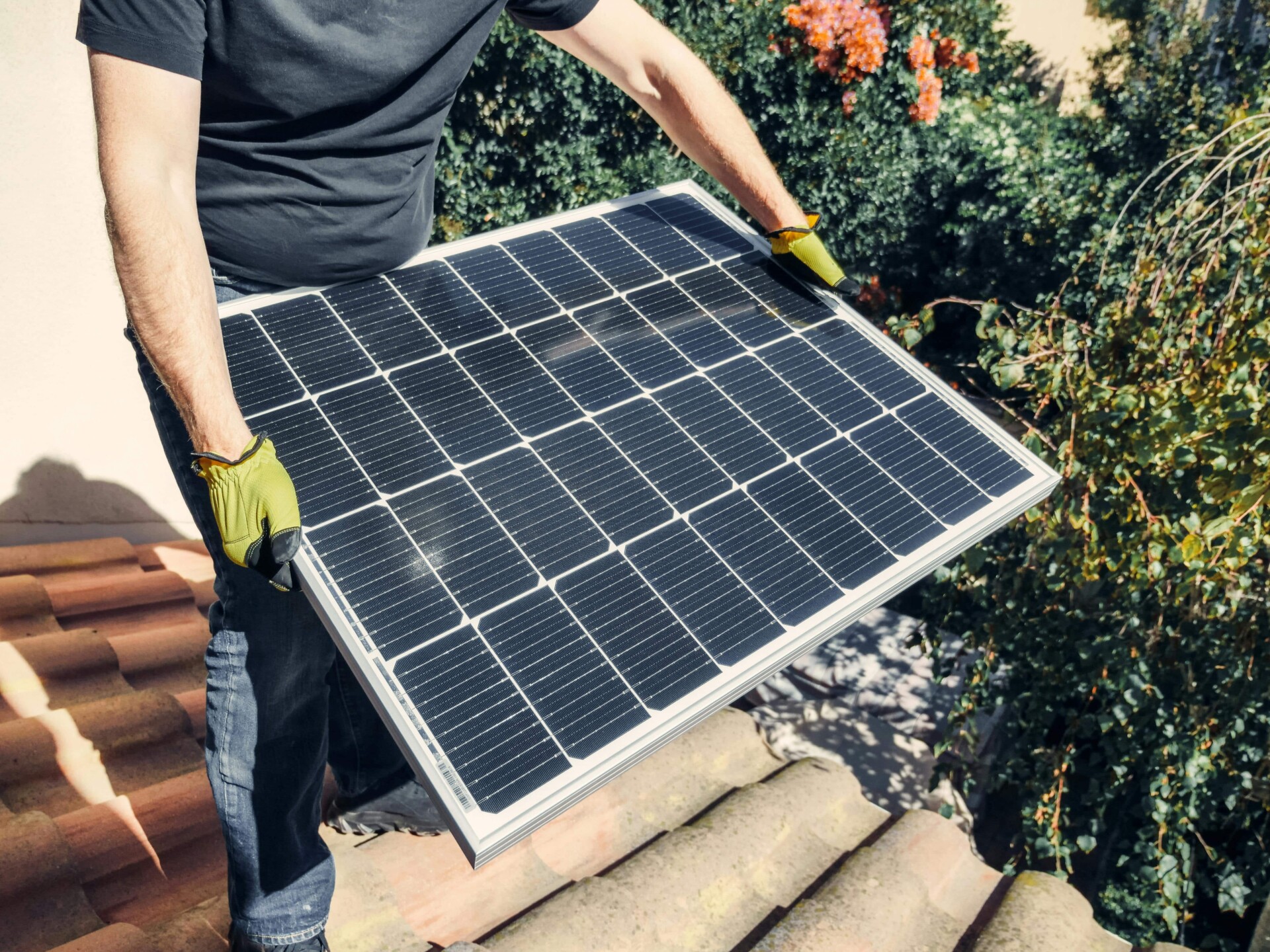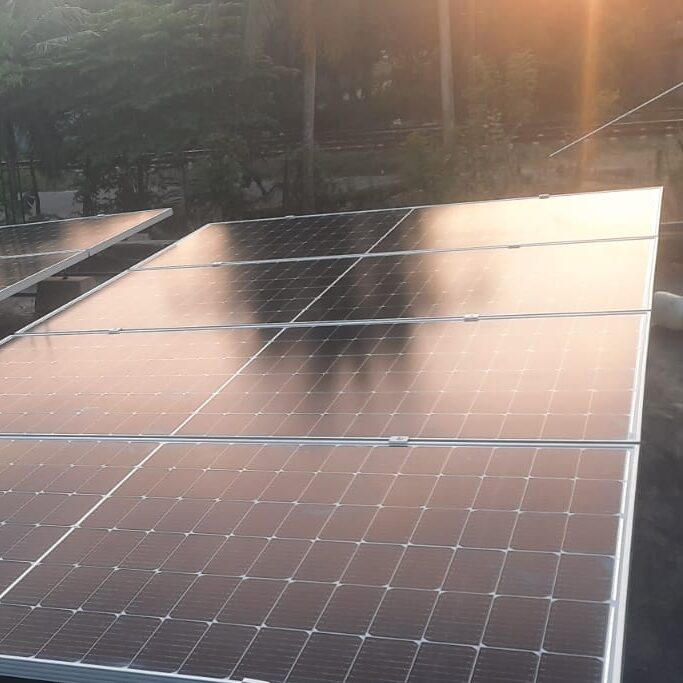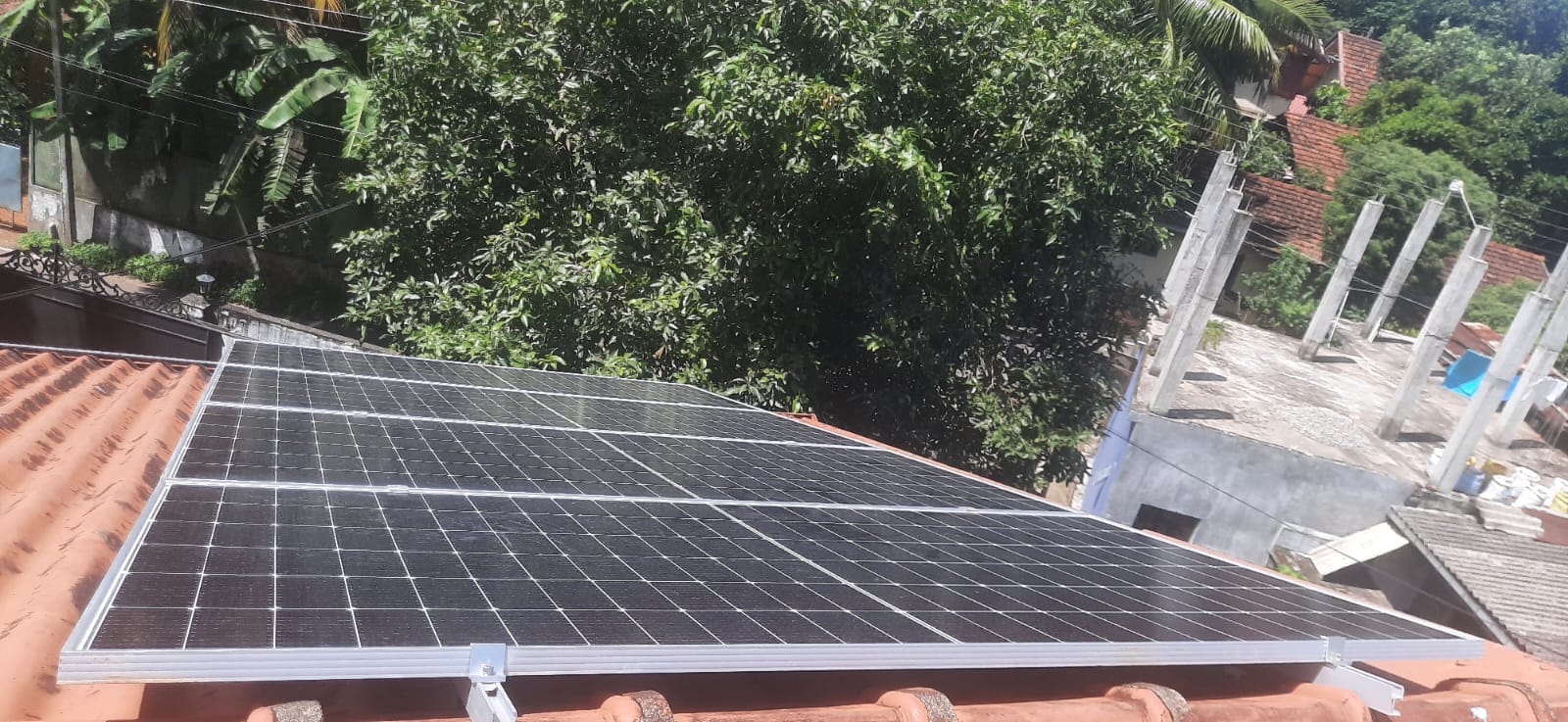Solar System Maintenance involves regular upkeep and monitoring of solar power systems to ensure optimal performance, efficiency, and longevity. Here are the key aspects of solar system maintenance:
- Regular Cleaning: Keep solar panels clean to prevent dust, dirt, and debris from blocking sunlight. Cleaning frequency may vary depending on the local environment and weather conditions.
- Inspecting for Damage: Regularly inspect solar panels, mounting structures, and wiring for any signs of damage, such as cracks, corrosion, or loose connections. Address any issues promptly to prevent further damage.
- Monitoring Performance: Use monitoring systems to track the performance of the solar system, including electricity production, system efficiency, and any potential issues. Monitoring helps identify problems early and optimize system performance.
- Checking Inverters: Inspect inverters regularly to ensure they are functioning correctly. Check for error codes, unusual noises, or performance fluctuations that may indicate a problem.
- Testing Batteries (If Applicable): If the solar system includes battery storage, regularly test the batteries to ensure they are charging and discharging properly. Check battery voltage levels and perform maintenance as recommended by the manufacturer.
- Trimming Vegetation: Trim trees, branches, or foliage that may shade the solar panels and reduce their efficiency. Maintain clear access to sunlight for optimal energy production.
- Inspecting Electrical Components: Periodically inspect electrical components, such as junction boxes, conduits, and wiring, for signs of wear, damage, or overheating. Ensure all connections are secure and insulated properly.
- Checking Mounting Structure: Inspect the mounting structure to ensure it is securely attached to the roof or ground and remains stable. Tighten bolts and fasteners as needed to prevent movement or damage.
- Monitoring Energy Production: Keep track of energy production over time and compare it to expected performance. Investigate any significant deviations and take corrective action if necessary.
- Routine Maintenance Schedule: Establish a routine maintenance schedule and stick to it. Regularly scheduled maintenance helps prevent unexpected issues and ensures the long-term reliability of the solar system.
- Professional Inspections: Periodically schedule professional inspections by qualified technicians to assess the overall condition of the solar system, identify potential problems, and perform any necessary repairs or upgrades.

By following these maintenance practices, solar system owners can maximize the performance, efficiency, and lifespan of their solar power systems, ultimately maximizing the return on investment and contributing to a more sustainable energy future.







Leave a Reply